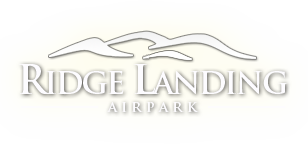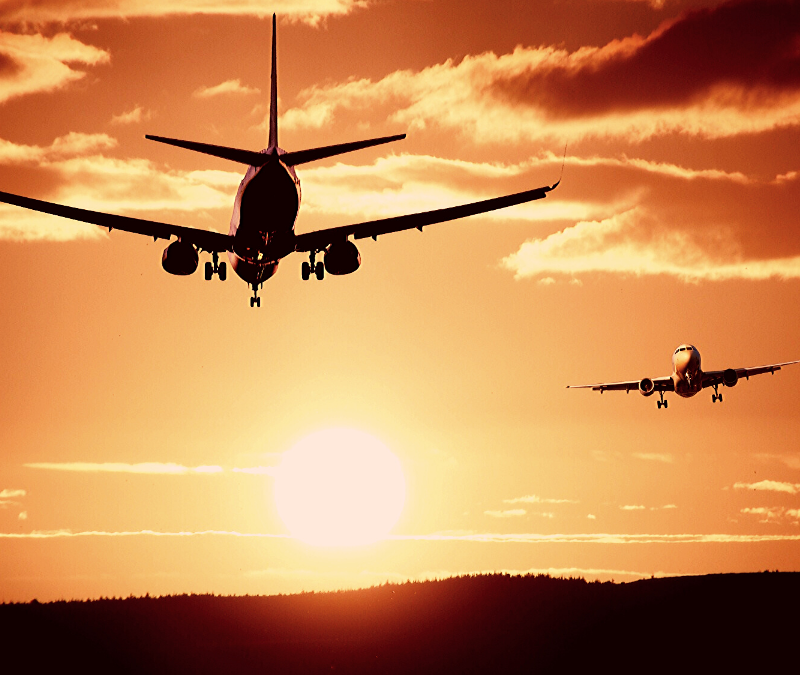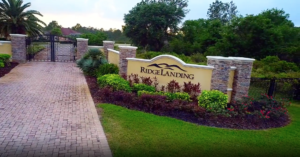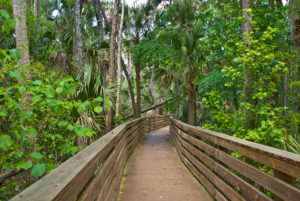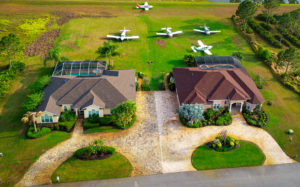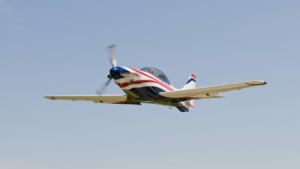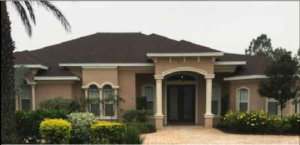Airplanes are a wonder in itself, they fly you up in the air in a giant vehicle weighing 175,000 lbs on average. The weight of the plane is about 90,000 lbs and the fuel alone weighs about 40,000. These planes just glide up into the sky carrying 50 passengers. They travel about 9,500 miles which is about 16 hours in distance!
1. World’s Longest Flight
The longest non-stop recorded flight is at 17.5 hours in length. Qatar’s plane traveled from Auckland to Doha route. The second runner up is at 17 hours long which launched early 2018 and flew from Perth to London and this was Qantas’ plane. That’s longer than most of us are awake during the day!
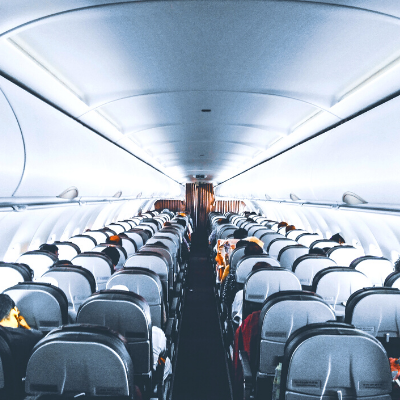
2. Where is it Safe to Sit
Studies show that the safest spot to sit in when on a flight is in the back. If a plane crashes you have a 40% increased chance of surviving the accident. Even though most people like sitting closer to the front to avoid the wait when they are unloading after the plane has landed.
3. Airplane Risks
The risk of being killed in a plane crash for the average American is 1 in 11 million. The risk of being killed in a car accident is 1 in 5,000. Quite a difference and usually in a car accident, you are the one who is driving one of the vehicles involved. Studies show that the first 3 minutes after taking off and the last 8 minutes before the plane lands are when 80% of airplane crashes take place.
4. World’s Biggest Airplane
The biggest passenger airplane in the world has a capacity of up to 850 people (in theory). It has a layout to hold 450-550 people. This plane is the Airbus A380-800. With the Antonov An 225 Mriya if it were to be converted to a “cattle car” passenger plane it could theoretically hold up to 1500 passengers.
5. Safest Aircraft For 2019
The annual Boeing Statistical Summary of Commercial Jet Airplane Accidents Worldwide Operations 1959-2018 lists the following aircraft as having an accident and fatality-free records: Boeing 717 (formerly the MD95), CRJ700/900/1000 regional jet, A380 superjumbo, Boeing 787, Boeing 747-8, Airbus A350, Bombardier C Series, A340 and the Airbus A320 NEO series. No accidents and no fatalities? Sign me up!

6. Airline Pilots Need Sleep Too
It was found that some airplanes have bedrooms available for the airline crew. Some flights can be up to 15 or 16 hours of straight flying, to avoid having a tired crew the bedrooms provide them with a place to rest and “fuel up”. The bedrooms can contain up to 5-10 beds that is accessible by a hidden staircase.
7. Airplanes Are Scary
Turns out that “aviophobia” affects 1 in 5 people and is a serious thing. People with this fear usually do not go near planes and will take a car or train even if they need to travel long and far distances.

8. In-Flight Oxygen Masks
The in-flight oxygen masks that are supposed to help you during a flight when there is a problem with the plane, aren’t actually intended to last the entire flight. The masks provide only up to 12 minutes of continuous airflow. This time was determined to make sure that the plane can safely find a landing spot.
9. Boeing 747 is Fuel-Efficient
The Boeing 747 is considered to be more fuel-efficient than your car. But it burns about 1 gallon of fuel per second or 5 gallons every mile. The average car burns about 1 gallon per 25 miles driven which is far more than the plane. However, in relation to the number of people that the Boeing 747 carries, it is most certainly more efficient. To break it down, the plane carries about 500 people and that means the plane is getting about 100 miles per gallon per person.
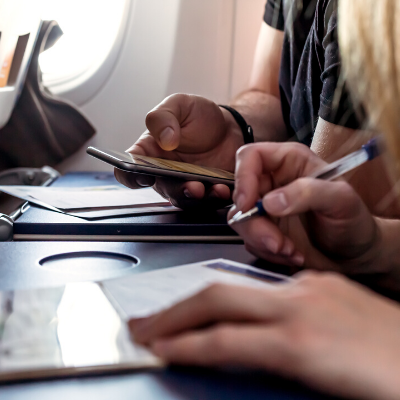
10. The Dirtiest Place on an Airplane
Everyone thinks that the dirtiest place on an airplane is the bathroom, a small confined space, and used by so many different people, but actually it is the table trays that sit in front of you. A study conducted by TravelMath, found that the airplane trays host 2,155 colony-forming bacterial units (CFU) per square inch. The best way to put this into comparison, the toilet flusher button had only 265 in the same amount of total space.
11. In Fact, You’re Not Close To Space
When you are up in the air on a plane, and looking down through the clouds, down on the cities you are passing, you are not that high up. Although it feels like you are extremely high-up, you’re not. In-flight, you are only 7% of the way to space. Consider being up in the air that high times 14!
12. Airplane Facts And Its Wings
Those big airplane wings that you can see out the window, while you’re flying, are completely useless without the use of the flaps on the tail horizontal stabilizers first. When you lift the nose and create direct air circulation to the lower part of the plane, the large wings then manage to create enough thrust to allow the plane to lift up into the air.
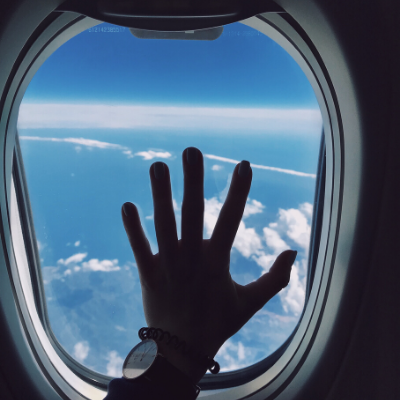
13. Airplane Facts About Windows
Every window that is on the airplane actually has a small hole at the bottom of it. The holes are a security trick to help balance the pressure between the windows and the panels. Try and find it!
14. Airplane Facts And The Price
Airplanes are big pieces of metal that fly in the air and can fly 500 people at once, but how much do these hunks of metal cost? The most expensive plane currently is the A380-800 version costing $450 million! The Boeing 747 costs $24 million, just to buy. The smaller planes, with a single-engine, that only carry about 2 people cost from anywhere to $15,000 and up.
15. The Safest Way to Travel
Of all the many ways that a person can travel, an airplane flight is considered the safest form of transportation. An elevator ride is considered safer (that only takes you up and down).
16. Airplane Landing And Autopilot
The autopilot feature was created for planes to save money and cheaper flights by saving fuel. There is also a feature on the newer planes to autoland. This feature can only be used after checking with the airport and the airplane has to have the right equipment also.
17. Pilot Rights
In the U.S., airplane pilots have almost every right; they can hand-cuff you (not legally arrest you), write you a ticket, and be an official signatory to your will. But these are mostly things that happen when someone on board has become a threat to other passengers.
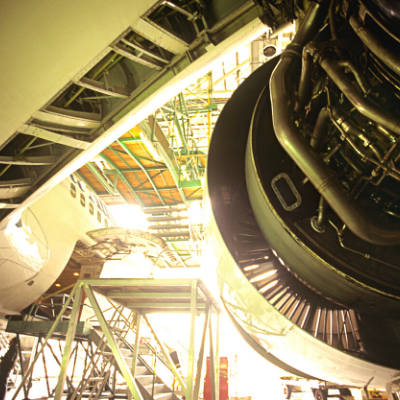
18. The Engine
The engine alone costs upwards of $12 to $35 million. Comparing this to a car engine it actually is very cheap, it replaces the power of 28 car engines. The most powerful jet engine in the world is the GE90, which thrust 127,900 lbs in 2002.
19. What if You Die
On every 7th flight out of all planes in the world, is a coffin or deceased person in the luggage cabin. Most of the time, the Chinese and Japanese are transported back home after they pass away and are sent back to their family. When someone dies during flight, they are commonly placed in the very back seat of the cabin and covered with a sheet from the neck down.
20. Airplane Safety First
Airplanes are obviously required (by the Aviation Safety Bureau) to go through a safety inspection to ensure that everything is working properly. This kind of check is called the “D Check” and is required every 4-5 years, it is also the most intensive and time-consuming check that an airplane goes through consistently. The plane is required to have every fastener, nut, wire, hinge, and component inspected, repaired, maintained, or replaced. This kind of check is also extremely expensive and takes about 100 hours of labor. So those older planes are sometimes not worth the money and up being scrapped for parts.
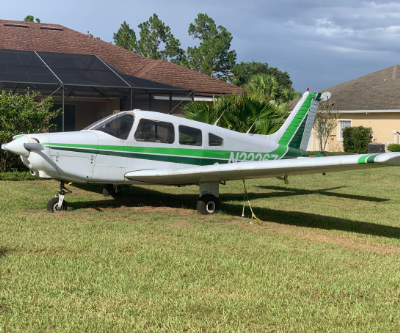
21. Small Airplane Facts
The Piper PA-28 Cherokee has two-seats or four-seats light aircraft built by Piper Aircraft and designed for flight training, air taxi and personal use. The Piper Cherokee 150 and 160 originally started production in 1961. Piper aircraft was the production company.
22. What Happened to Piper Aircraft
The original Piper Aircraft company was founded in 1927, in Rochester, NY. The company made several light aircraft planes and eventually in 1991 they had to declare bankruptcy. Later in 1995, the new Piper Aircraft company was formed and in 2006 it was renamed “Piper Aircraft”.
23. The Benefits of Owning a Small Aircraft
A lot of the time, most people are unsure if they want to purchase a small aircraft due to pricing, but they may have their pilots license and desperately want one. The cool thing is that a lot of airparks like Ridge Landing Airpark in Frostproof, FL, allows their training to be done with special on-site planes. Landing parks give you crazy flexibility, you get to leave when you want and fly where you want. There are way more private airports than commercial airports. You save a lot of time, arrival and departure just take way less time when you are flying on a small airplane.
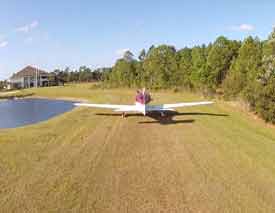
24. You Can Take Off From Your House
Have you ever wanted to just walk outside of your door and hop into your plane? Doing this may sound a little crazy, but it is definitely a possibility. With local airparks all over the place, most private pilots are buying land in an airpark which then builds you a home right next to your very own private landing strip. How convenient is that?
25. Saving Money on Small Aircraft
When buying an aircraft, (if you are not already a millionaire) it can be a costly decision. However, it will save you a lot of time and provide convenience, which is why most pilots will make the purchase. Unless you are a pilot or business person that makes 400 hours of flight in a year, the plane generally will not pay for itself. Commercial flights are still definitely the cheapest.
Only another pilot could understand the passion and sense of adventure that having your own plane brings. At Ridge Landing, there are many benefits to living at this beautiful Airpark. There are 350 local golf resorts, local fishing, private landing strip, community events, and of course a home built to your wants and needs.
